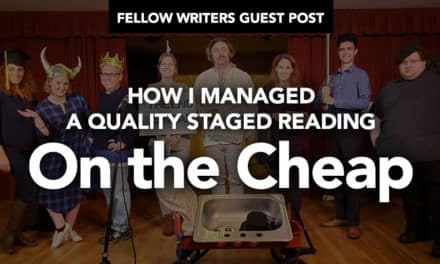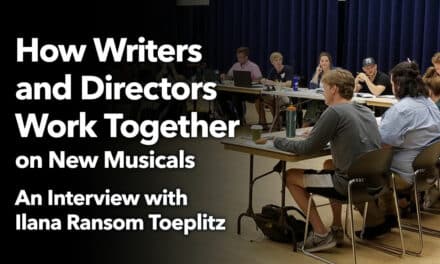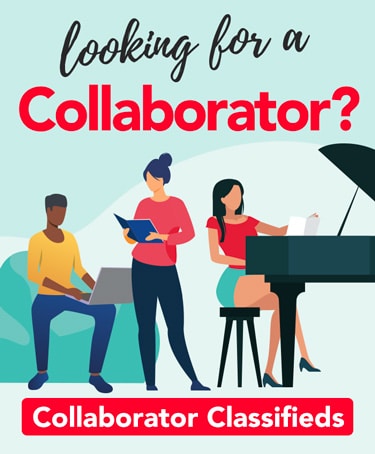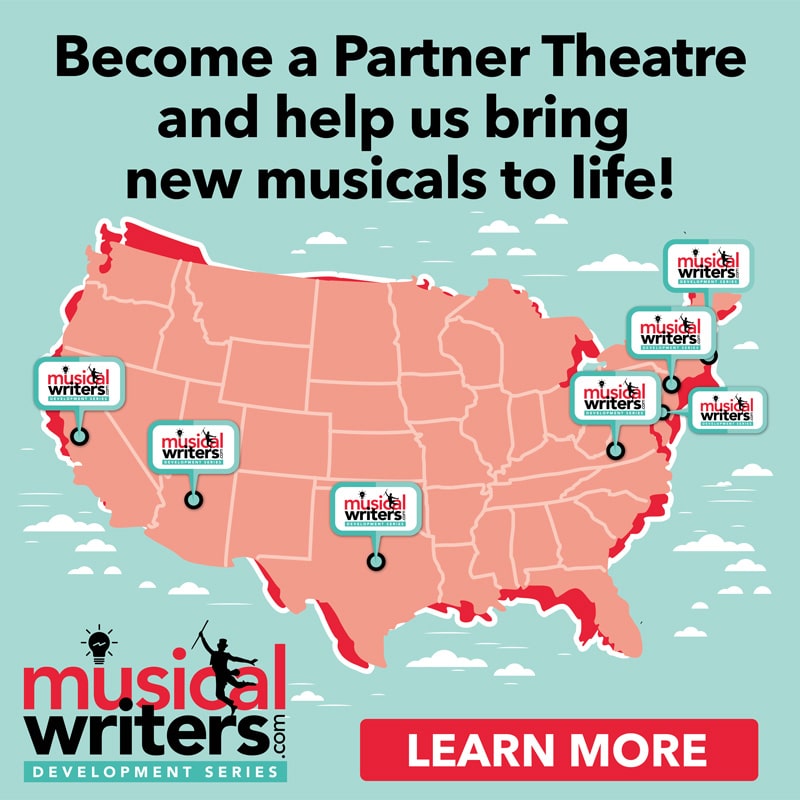With the rise of virtual events, virtual readings of musicals have now become the norm. They are a cost-effective way to develop your musical while Broadway and stages across the world are dark.
When these first started, everyone was just doing what they could to figure out how to keep moving. Now, we’ve settled into a rhythm. Even when theaters start opening up, virtual readings will most likely be here to stay.
So how do we get started, and how do we do them well?
Here’s a few things to consider:
1. Define the Purpose of Your Virtual Reading.
Why are you wanting to do a virtual event? Your purpose will direct you on how to start.
It is important to determine what are you trying to get out of a virtual reading. Is this just a way to hear your work read out loud? Are notable producers or directors watching it? Do you want a product at the end for you to show people?
2. Determine Your Virtual Reading’s Scope.
Once you decide the goal of a virtual reading (make sure it can be accomplished!), it’s time to decide the scope.
Just like there are several ways to do an in-person reading (table, staged, concert), there are also multiple choices for a virtual reading.
a. Internal/Private Zoom Reading
These are essentially virtual table readings—or “pizza readings”—without the pizza. Virtual Table Readings are a great way to get your friends together and hear your script read. This is great to do with actors or writers. Make sure they are people that will be honest with you. If your purpose is to figure out if the show works, the characters are well-defined, and if the story makes sense, a virtual table read is the way to go. This should cost very little and will give you invaluable clues on what needs to be done with your musical.
b. Livestream
This is a reading with a virtual audience. This can be done many ways. One option is to livestream your Zoom call. Another option is to pre-record everything, which would require each actor to set up a separate camera during the Zoom to self-film. You would then take those videos, splice them together and livestream the post-edit version.
c. Full-Blown Movie
This is when you take pre-recording to the next level and film each character singing and reading their lines in costume. This would be the equivalent to a staged reading. This one has high production value, and the final product is a potential income-generating movie.
3. Consider the Cost of Your Virtual Reading
While determining what you want to do, it’s important you consider the cost, and make sure that everything aligns with your purpose.
How much money do you have? If you are still unsure about your plot, it would be unwise to spend a lot of money doing a movie, when really all you need is a simple Zoom reading.
Another cost is your time, the more produced your reading is, the more time it is going to take. Time you could be using to make your musical better, if that’s what needs to be happening. However, if you have someone to show this to, then your time and money is best used by making this into a professional product.
4. Using Music in Virtual Readings
Music is probably the trickiest part of a virtual reading. Music is an important part of a musical, but live music is very tricky when people are not in the same room. Do you have demos? Can you pre-record the music beforehand? Do you have tracks for the actors to sing to? Once you’ve decided the scope, consider how you might perform your music.
Need help with creating tracks or pre-recording music for your virtual reading? Email us here and let’s talk about what you need.
5. Technology You’ll Need
Depending on what you are doing, you may need to invest in some technology. Streamyard is a streaming service that can help you stream to Facebook or Youtube. Zoom can be a great way for your actors to rehearse. A great USB camera and microphone can enhance your audio and sound quality.
I had been slated to do a reading at a local theatre Pre-COVID. That theatre hosted a live-stream reading for us. I am still developing this musical and my collaborator and I hadn’t ever heard it read out loud. So, we recorded demos of our songs and live-streamed Zoom to Facebook. The actors had one rehearsal and then went live. Each time we played a song, we would share our screen on the zoom to a lyric video. Then, the theatre fielded questions from the Facebook live chat for my collaborator and I to answer afterwards.
It was extremely helpful for us to hear our musical for the first time and get feedback from our actors and the virtual audience. The demos took a lot of time, but the whole reading cost a minimal amount of money. We paid the theatre a small fee, and payed the singers and actors. However, it served our goal and so the cost was well worth it.
As we all are hoping COVID is on its way out, I do believe that virtual readings are here to stay. Developing your work in some ways has become easier. Let’s use this movement and technology towards our advantage. At the end of the day, we are storytellers no matter the platform.
Have you held a virtual reading?
Many of our Academy members have done virtual readings and have wisdom to share. Have you held a successful online reading? Comment below and share what you did and how it worked!
Need help with a Virtual Reading?
If a virtual reading feels overwhelming to you, we can help! We can help with creating budgets, casting, technology support, pre-recorded music, lyric videos, and overseeing the reading from start to finish. Apply for our Executive Producing services here.



















